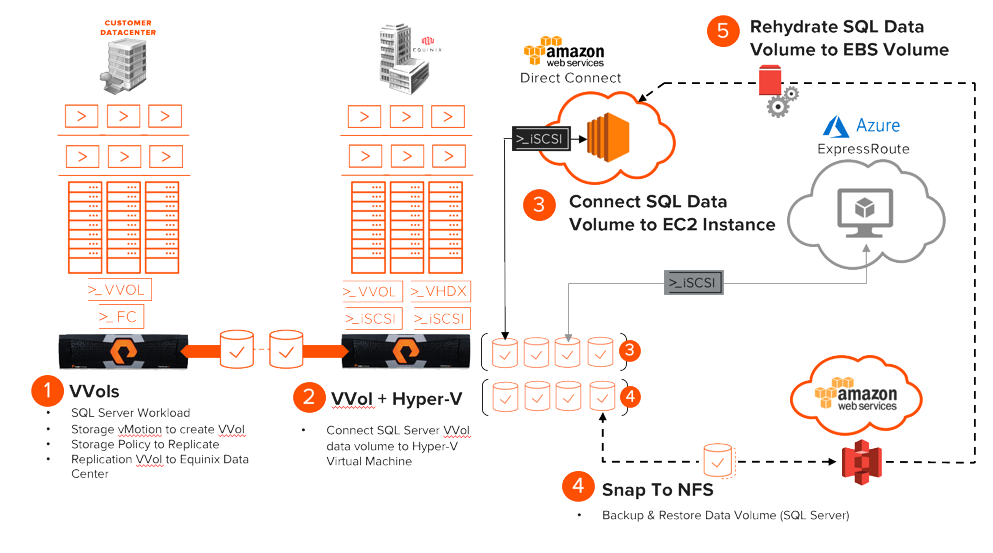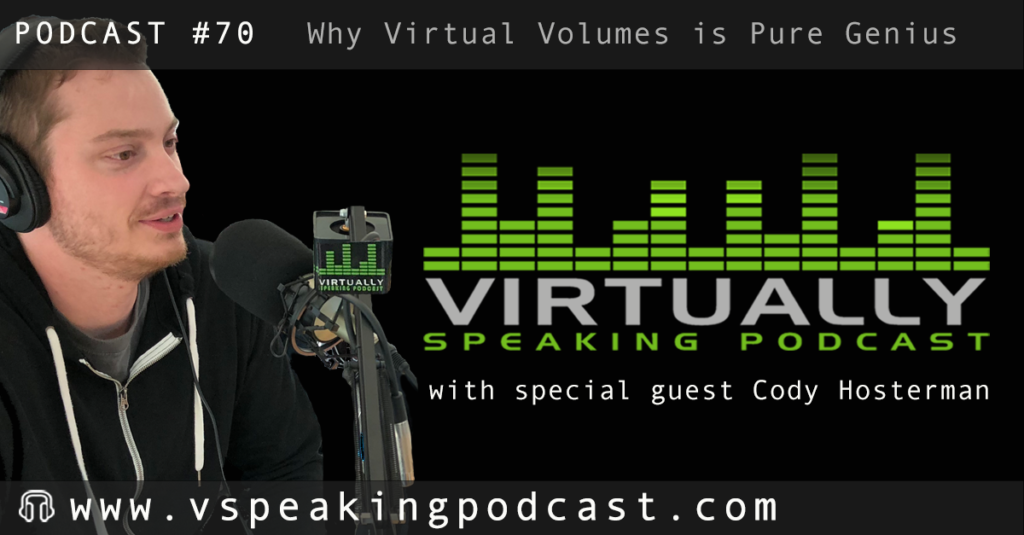One of the great benefits of vVols is that fact that virtual disks are just volumes on your array. So this means if you want to do some data management with your virtual disks, you just need to work directly on the volume that corresponds to it.
The question is what virtual disk corresponds to what volume on what array?
Well some of that question is very array dependent (are you using Pure Storage or something else). But the first steps are always the same. Let’s start there for the good of the order.
- PowerCLI and VVols Part I: Assigning a SPBM Policy
- PowerCLI and VVols Part II: Finding VVol UUIDs
- PowerCLI and VVols Part III: Getting VVol UUIDs from the FlashArray
- PowerCLI and VVols Part IV: Correlating a Windows NTFS to a VMDK
- PowerCLI and VVols Part V: Array Snapshots and VVols
- PowerCLI and VVols Part VI: Running a Test Failover
- PowerCLI and VVols Part VII: Synchronizing a Replication Group
- PowerCLI and VVols Part VIII: Running a Planned Migration



